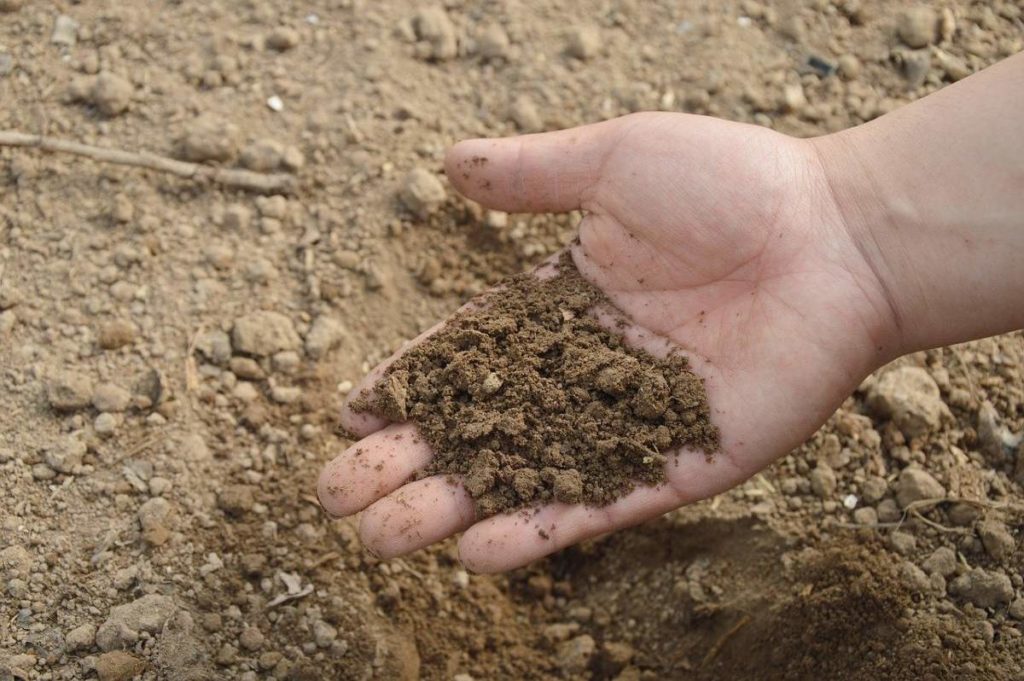A study on the effect of adding limestone and phosphogypsum to the soil for coffee growing was recently published in a publication of the American Society of Agronomy called Agronomy Journal. According to the research, when employed correctly, the use of limestone can increase coffee yields, and thereby improve economic returns by more than 40%.
Although Brazil is the world’s largest coffee producer, the soil in the country is naturally acidic and low in minerals, which results in lower coffee yields unless the crop is carefully managed.
Rogério P. Soratto, a researcher in Brazil as well as a professor at São Paulo State University (UNESP), along with his colleagues, conducted experiments of applying various combinations and amounts of limestone and phosphogypsum at the base of coffee plants as a band under the plant canopy.
Limestone is chosen for the research as it’s a source of calcium and magnesium, and phosphogypsum is chosen for its calcium and sulfur content. Limestone’s effects are limited to the soil surface while phosphogypsum can penetrate deeper into the soil. Soratto stated:
The combined application of limestone and phosphogypsum greatly increased the calcium concentration in the soil and also caused an unbalance of the soil chemistry, overall. This may have lowered potassium uptake by the coffee plants at the phase of greatest demand, which is the fruit-filling stage.
The study didn’t mention the cost consideration, but we must assume that limestone is a good candidate for being a commercially viable additive, since it is widely available and cheap. Local quarries, for example, will give away their ‘waste’ limestone material for free to clear their work area. Often the only costs are finely crushing and transporting the material.
Based on the study results, limestone alone could increase coffee yields to a level where calculated economic returns would exceed 40%. It provides calcium and magnesium minerals to the soil as well as reducing acidity. Furthermore, it reduces the amount of toxic aluminium and manganese in the soil, improving the activity of soil microbes. Limestone also improves the efficiency of fertiliser, which, on its own, can actually contribute to soil acidification.
The study also recommends using low phosphogypsum rates if farmers notice an issue with acidity levels in the subsoil, to prevent affecting soil chemistry.
This research is important because coffee is widely cultivated around the world and soil acidity problems often limit the bean yield of coffee plantations. As we have shown in our research, fixing soil acidity and providing calcium and magnesium is critical. However, the application of too much calcium using limestone and phosphogypsum at high rates becomes harmful.
Limestone and phosphogypsum applications are extremely important soil amendment practices for coffee production, not only in Brazil, but also in other producing countries. To obtain high coffee yields, we must first improve the root environment, helping the plants better exploit the soil resources. – Rogério P. Soratto
There is still more research required to understand any negative impact when applying limestone and phosphogypsum, and the researchers hope to investigate this more and educate the farmers.
However, at this stage of our understanding, the researchers maintain that both substances are important for soil amendments for coffee production worldwide.

